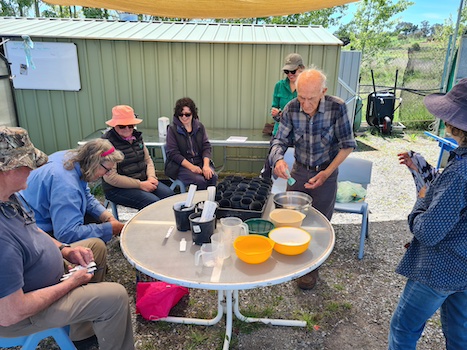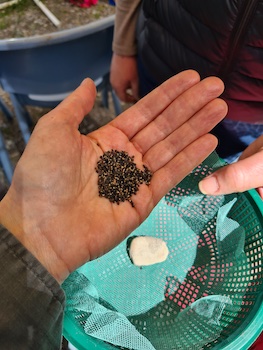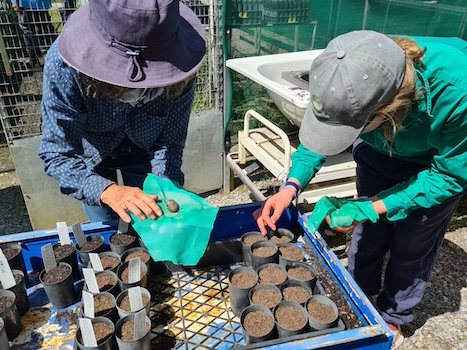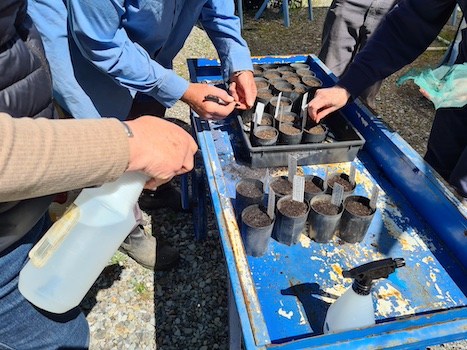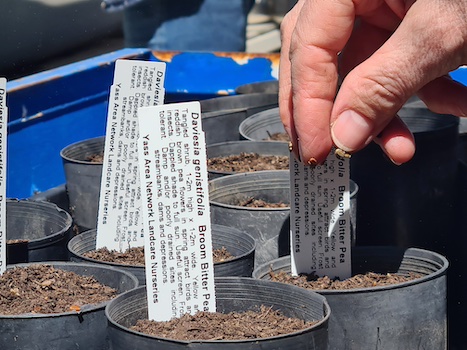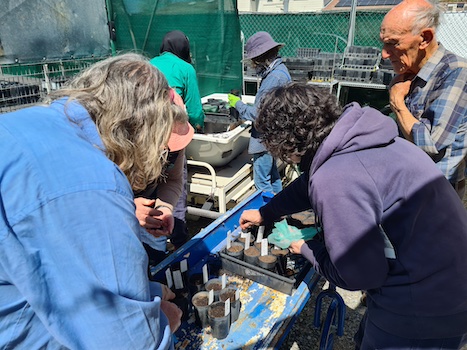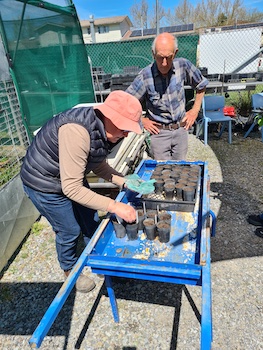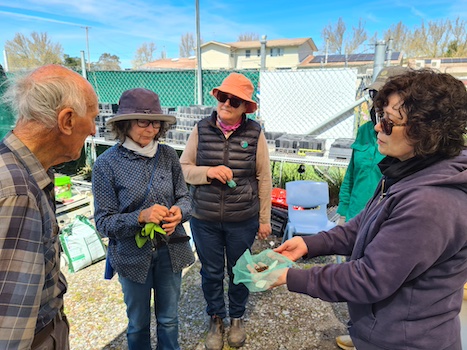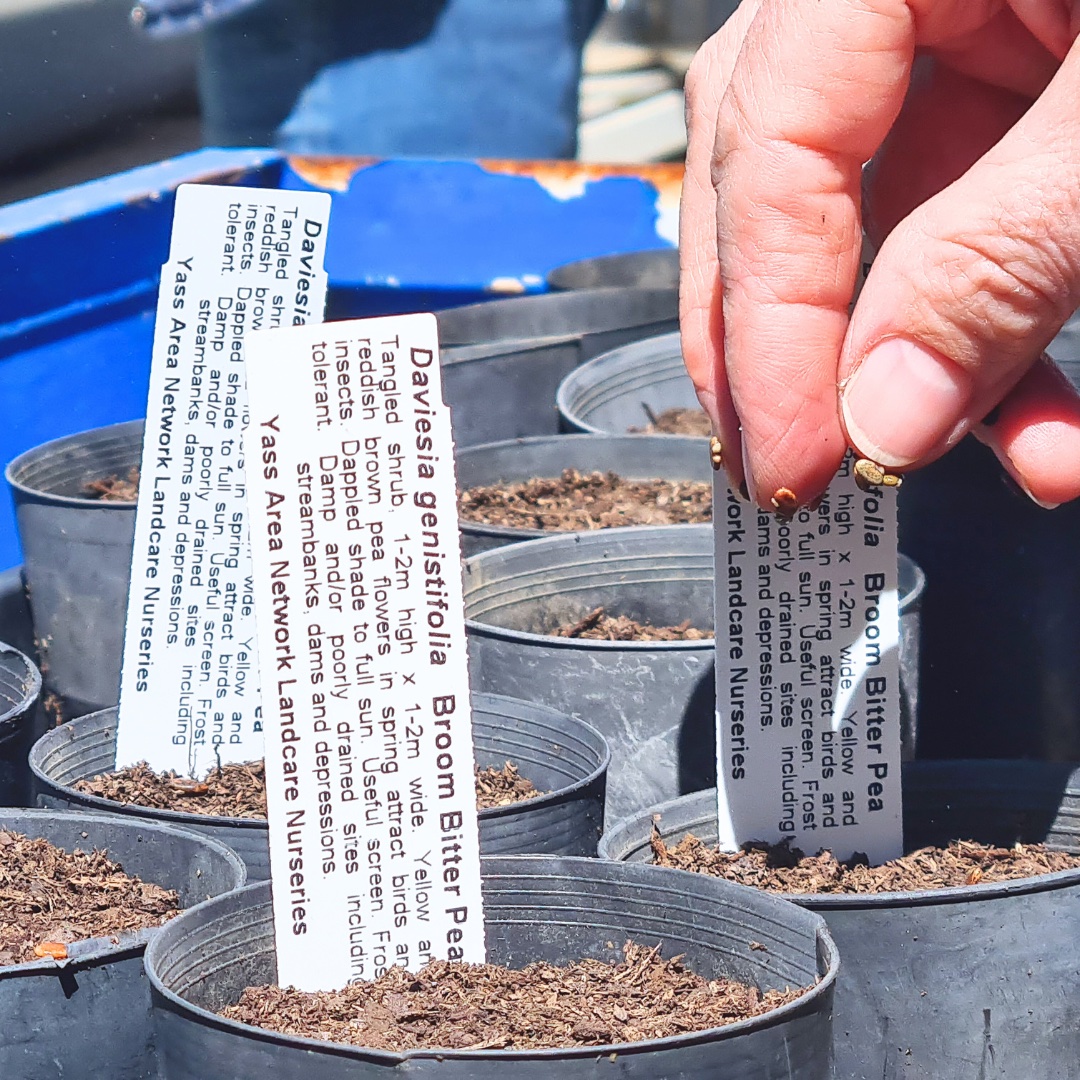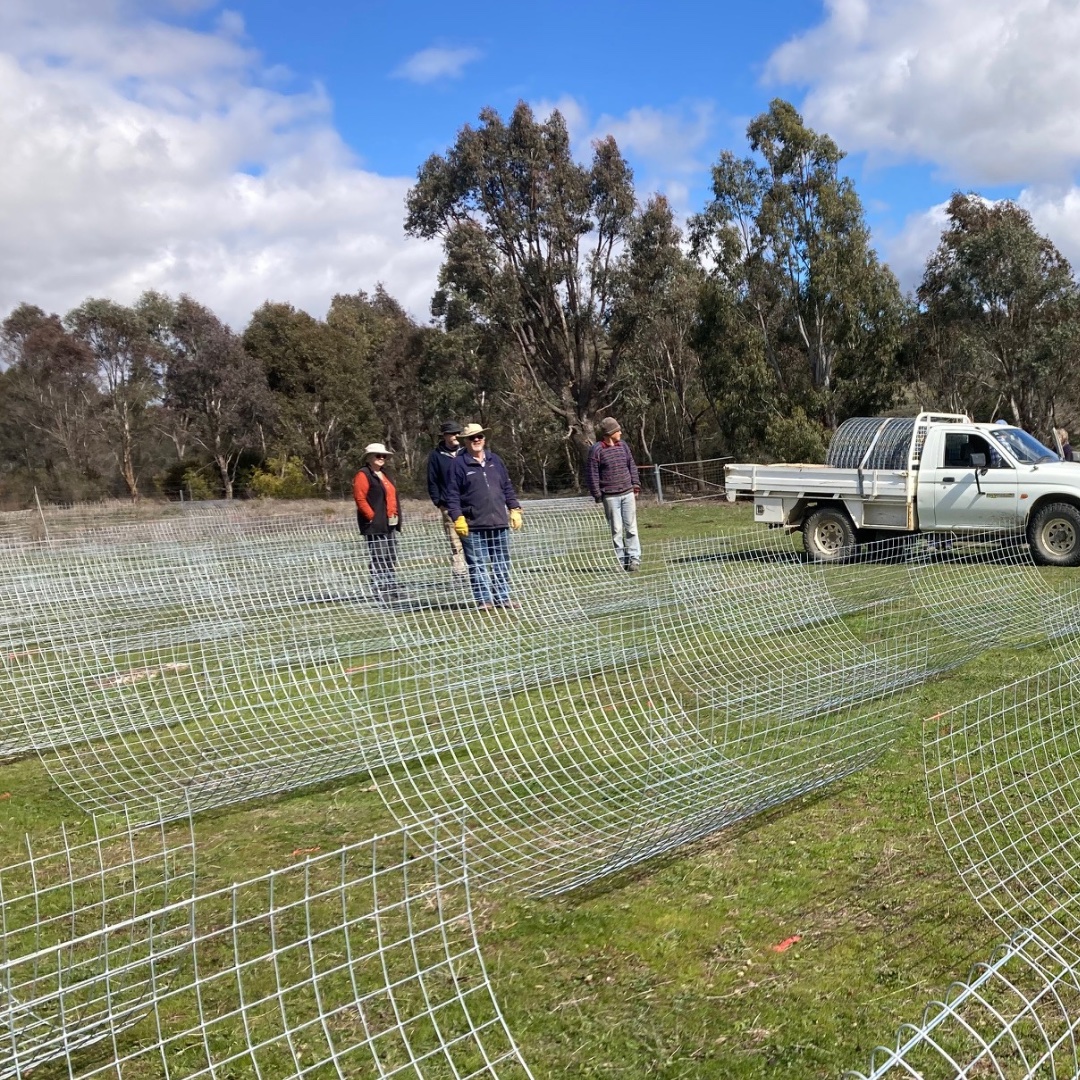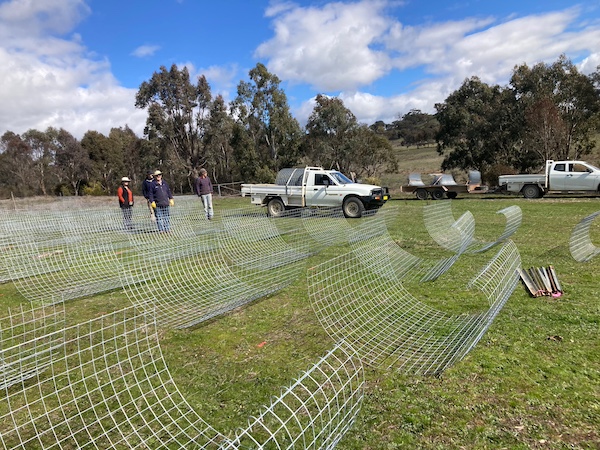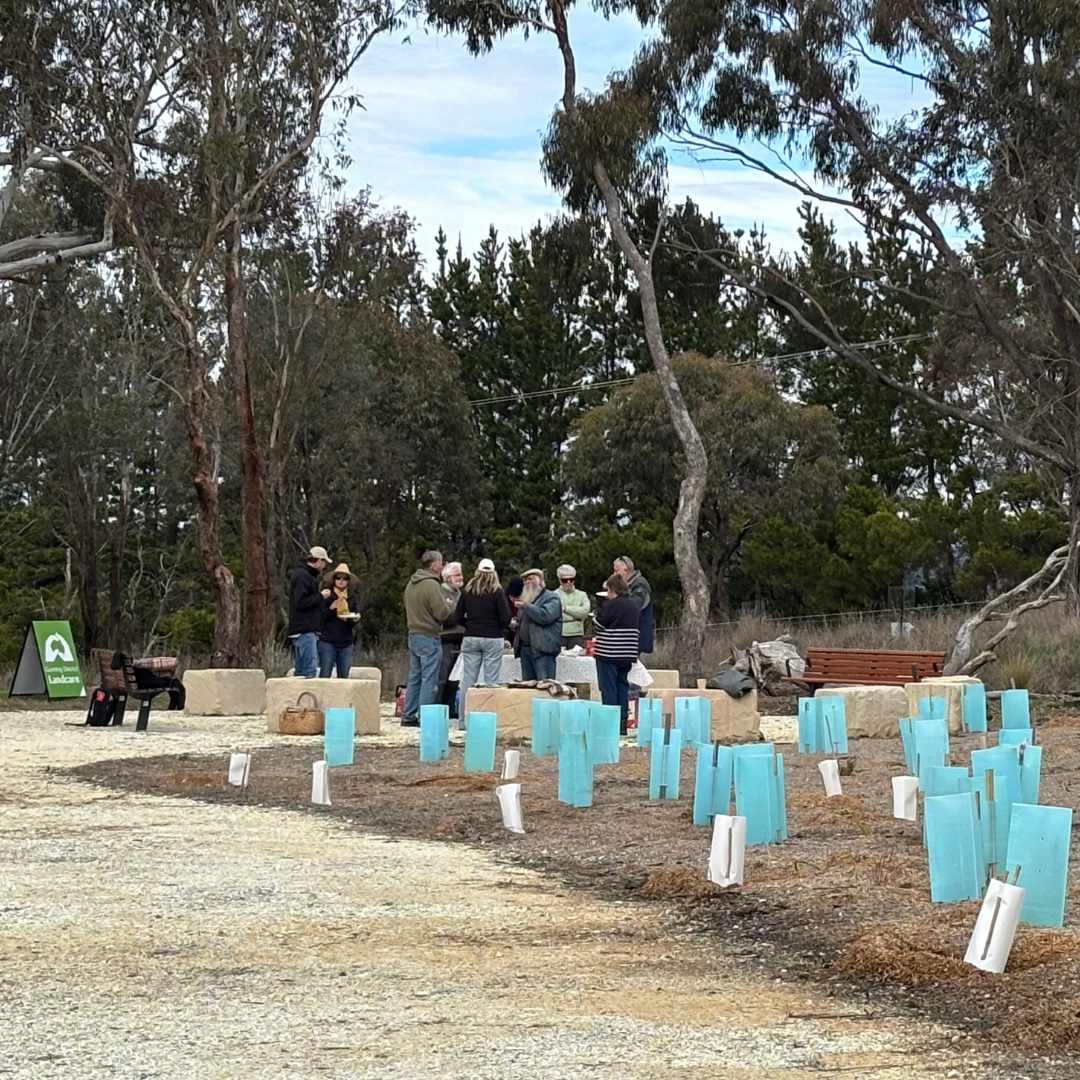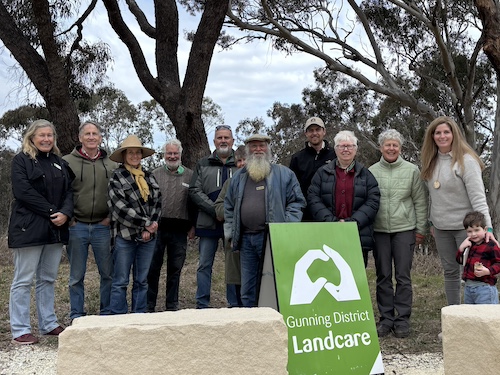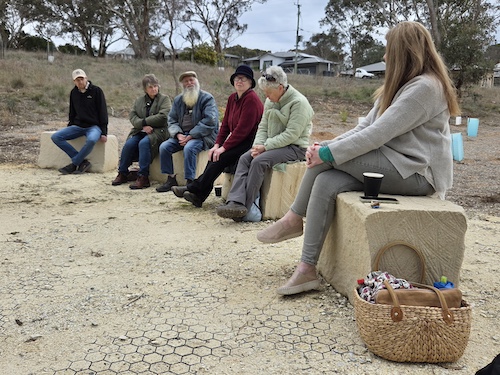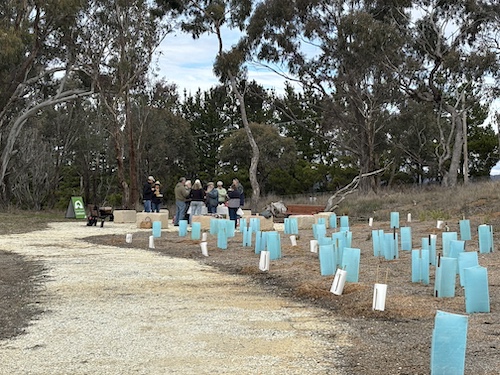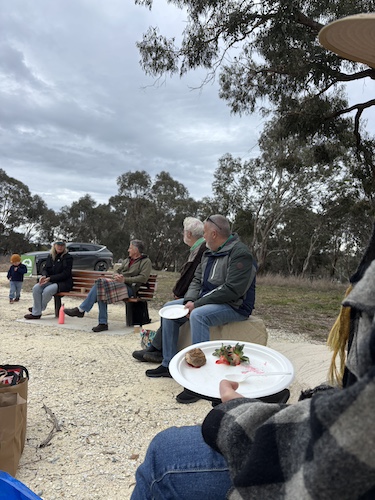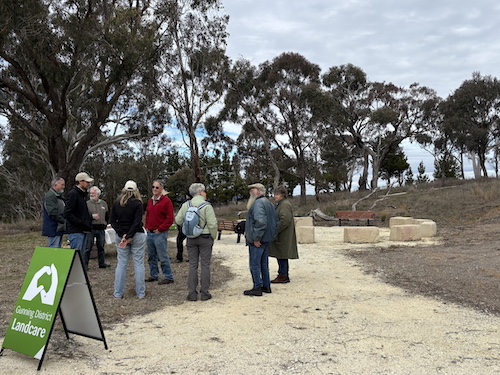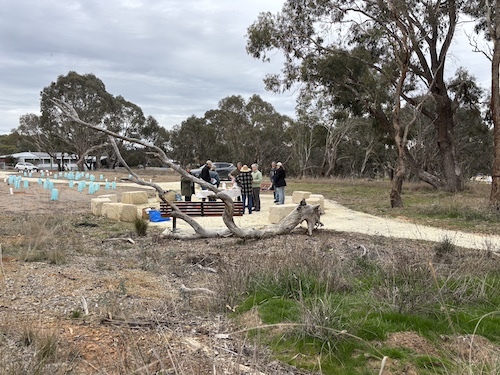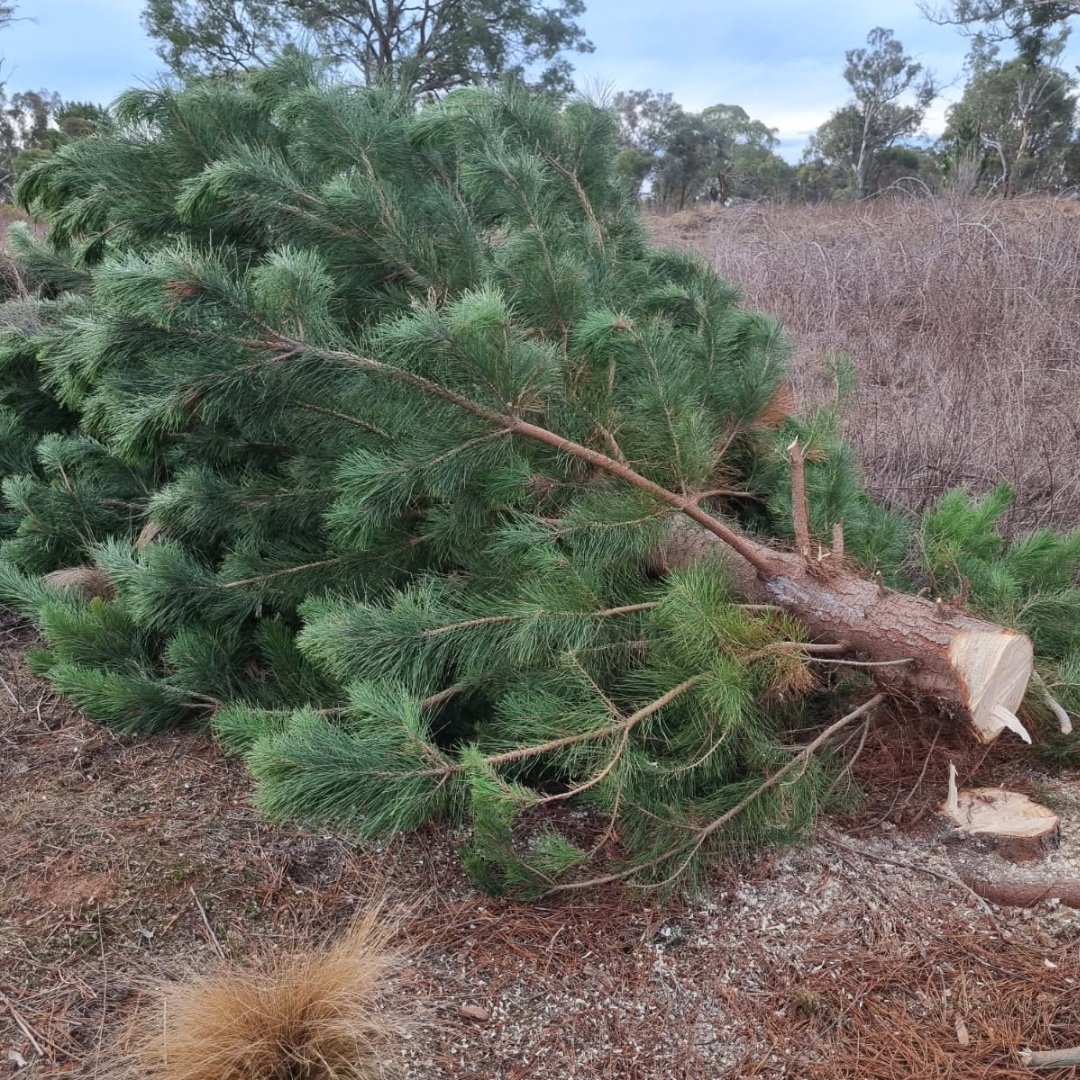If you’ve passed by Sutton Reserve recently, you may have noticed some changes. Volunteers from Sutton Landcare and the Sutton and District Community Association (SDCA) have been hard at work improving the reserve so it can become a real asset for both the village and the wider region.
This work follows the Sutton Reserve Masterplan, adopted by both community organisations and supported by Crown Lands, which manages the reserve. The plan sets out a long-term vision for the area – but before new features like walking paths, yarning circles, and information signs can be created, we first need to tackle a major challenge: removing invasive trees, shrubs, and weeds.
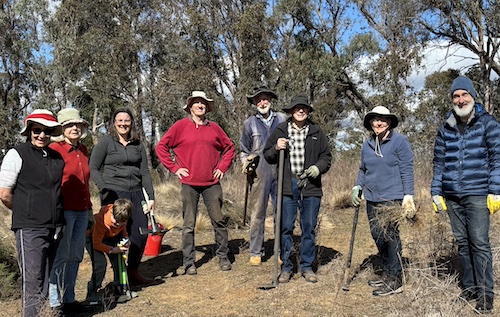
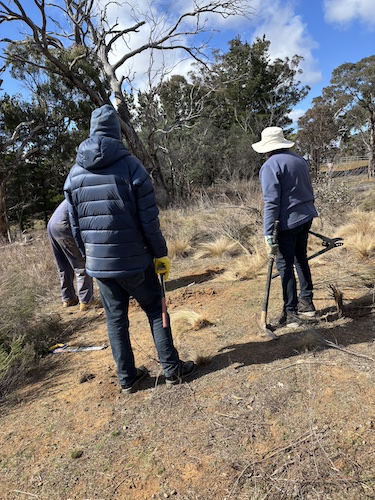
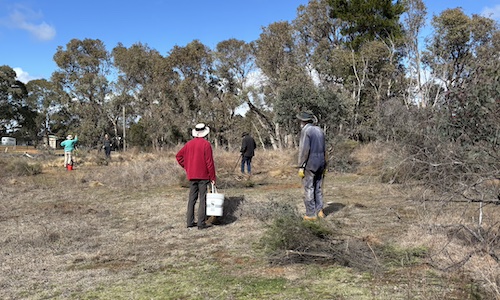
Why remove pine trees and other non-natives?
Not all trees are good for the reserve. Some non-native species, such as radiata pines, Cootamundra wattles, sifton bush, and hawthorns, spread aggressively and outcompete the native plants and old eucalypts that should be thriving here. Large pines in particular “throttle” established gums, depriving them of water, nutrients, and space. Left unchecked, these species threaten the biodiversity of the reserve and reduce the habitat available for native birds, insects, and reptiles.
Over the past six months, volunteers have achieved a huge amount, removing:
- - 385 sifton bush
- - 10 Cootamundra wattles
- - 45 escapee grevilleas
- - 30 young pines
- - 45 briar roses
- - 25 hawthorns
- - 140 serrated tussocks
- - 150 St John’s Wort plants
- - Plus 5 x 50 L bags of litter
All cuttings without seed have been left on the ground, where they help create habitat for ground-dwelling insects, reptiles, and small birds.
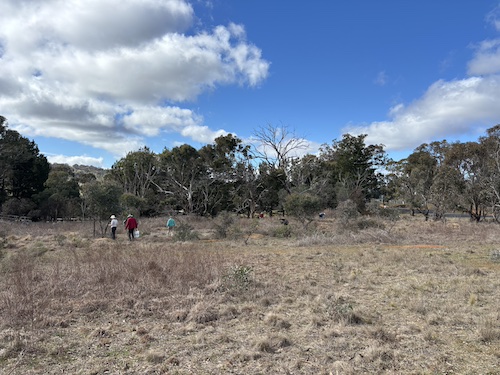
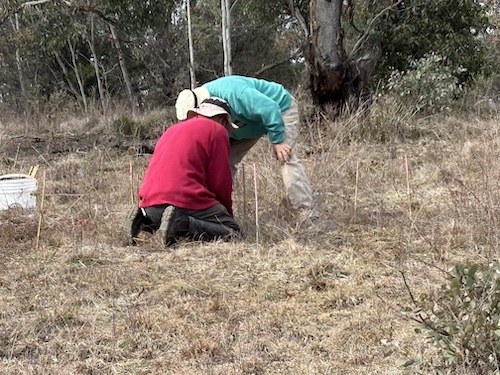
Supported and collaborative work
This work is being done with environmental works permission from Crown Lands, with additional support from Yass Valley Council through targeted weed spraying. Looking ahead, there are plans (pending approvals) for:
- - Removing some larger pines impacting old eucalypts
- - Healing or cool burns
- - Further St John’s Wort control by professionals
- - A rabbit eradication program this summer with Local Land Services
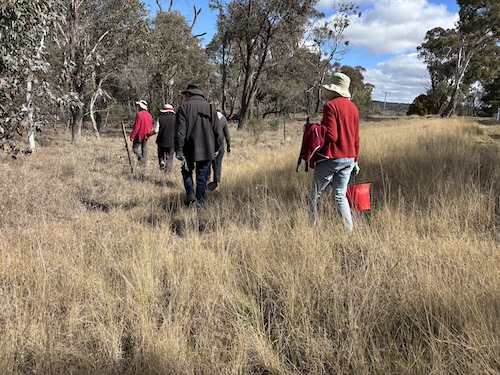
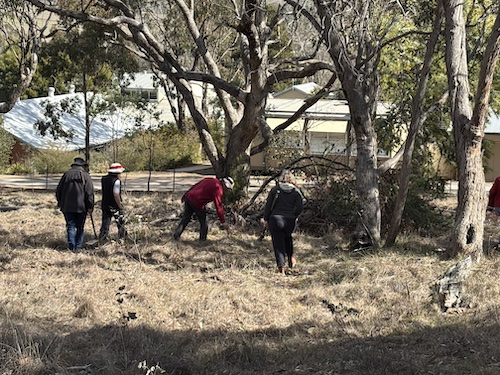
Looking to the future
The long-term vision is for Sutton Reserve to become a welcoming, accessible space for the whole community. Future plans include:
- - Walking paths
- - Yarning circles
- - Information signs about local biodiversity
- - Improved fencing and access
Get involved
A huge thank you goes out to all the volunteers who have already given their time – their efforts have made a real dent in the weed problem. It's been great to meet some of the locals who are keen to lend a hand and get involved in the care and restoration of this wonderful community asset.
The next working bee will be held on Saturday 12 October at 9:30 am. These are gentle, social activities where people can do as much or as little as they feel comfortable with – even just coming along to learn about weeds and native plants is welcome. Membership of Landcare is optional and not required.
If you would like to know more about the upcoming working bee or to join in twith other Sutton Landcare activites email [email protected]
Written by Sarah McGrath, YAN Local Landcare Coordinator [email protected]

